Blue Twig-rush,
Bare Twig-rush
Display all 13 images

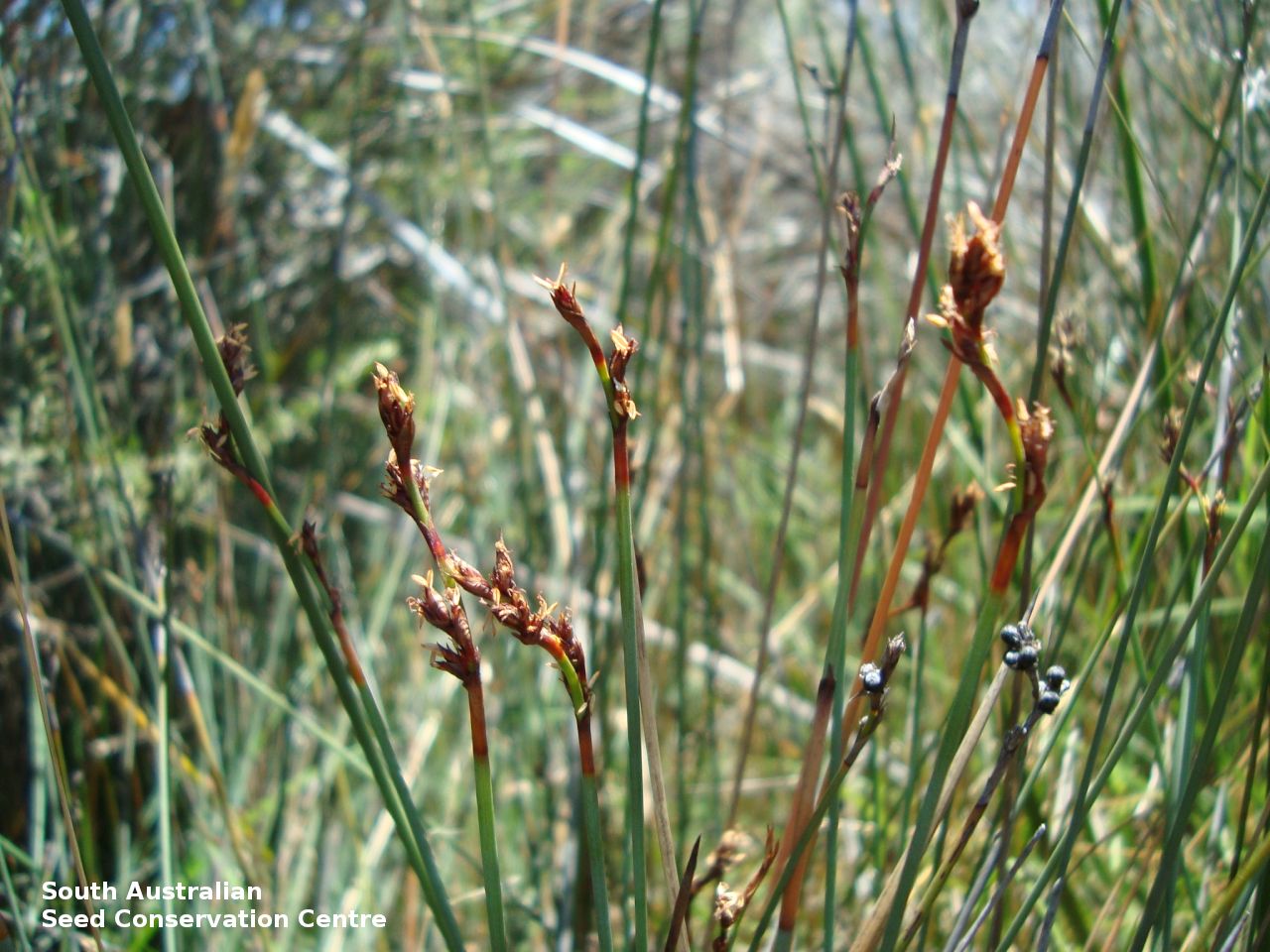
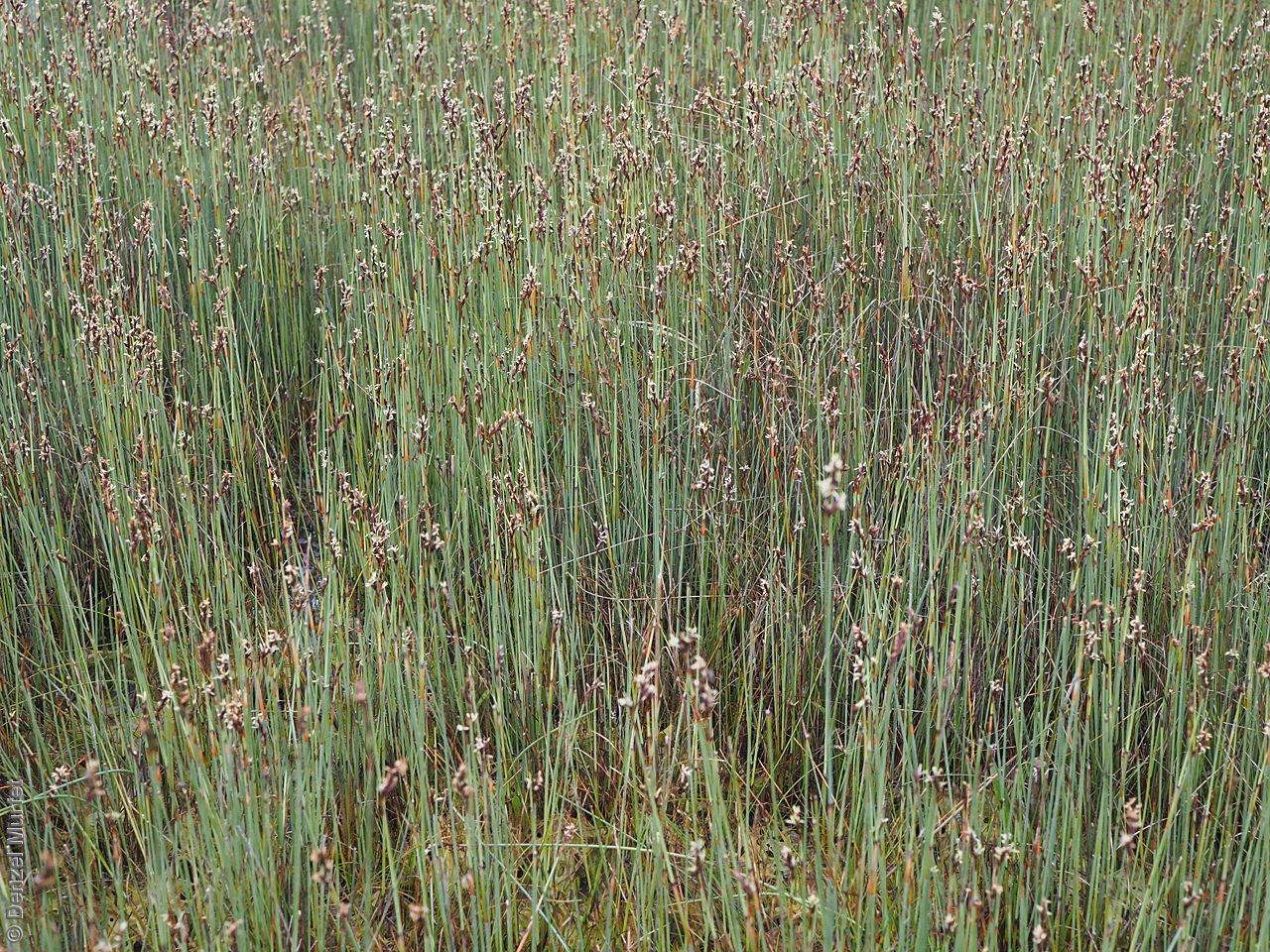

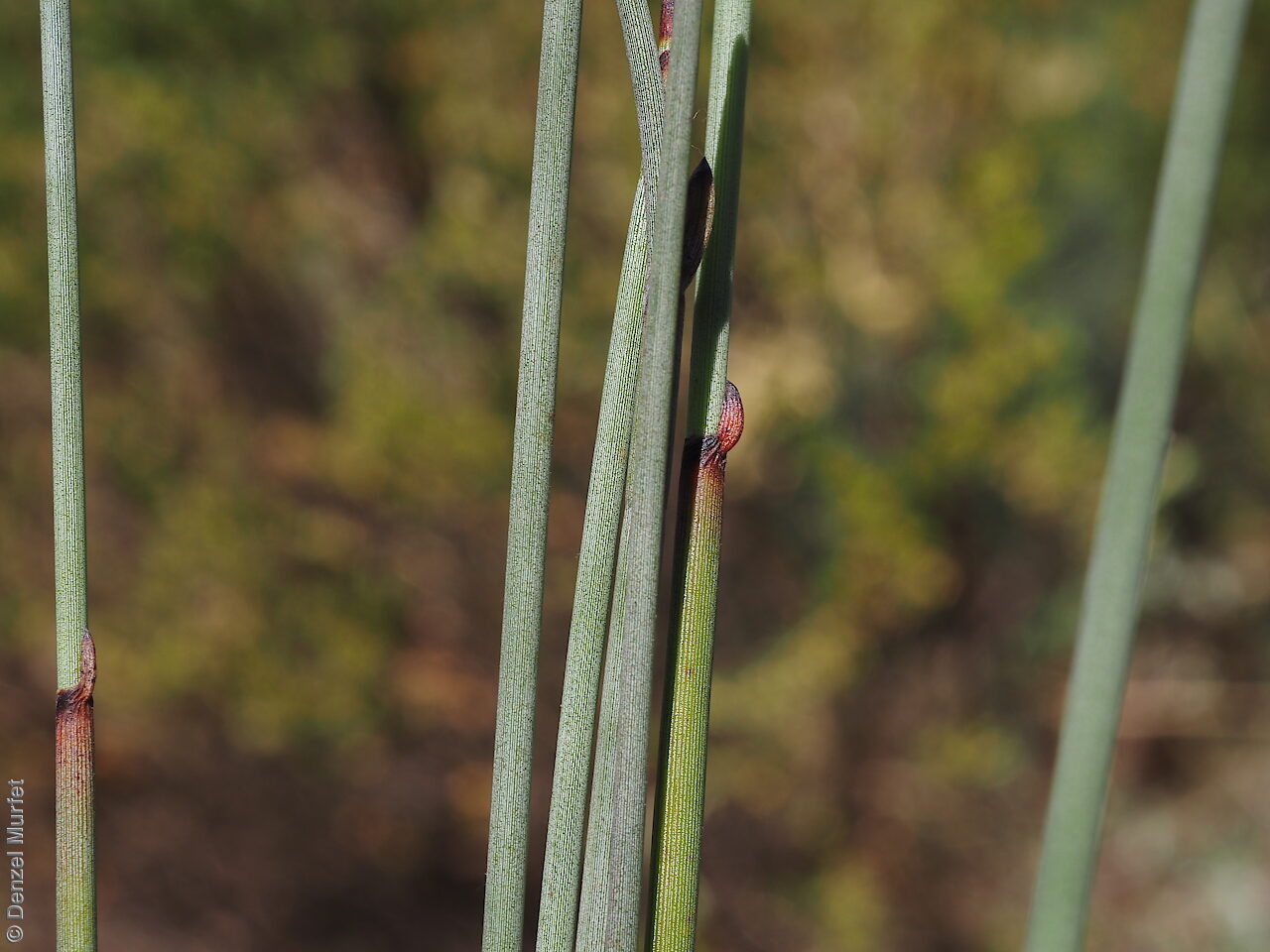

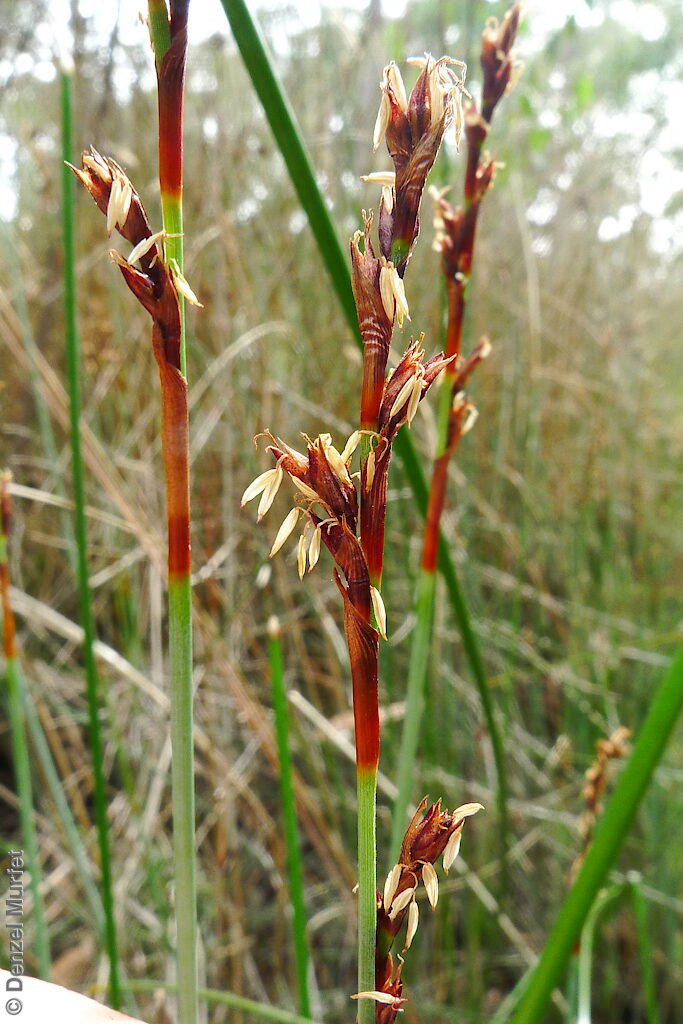

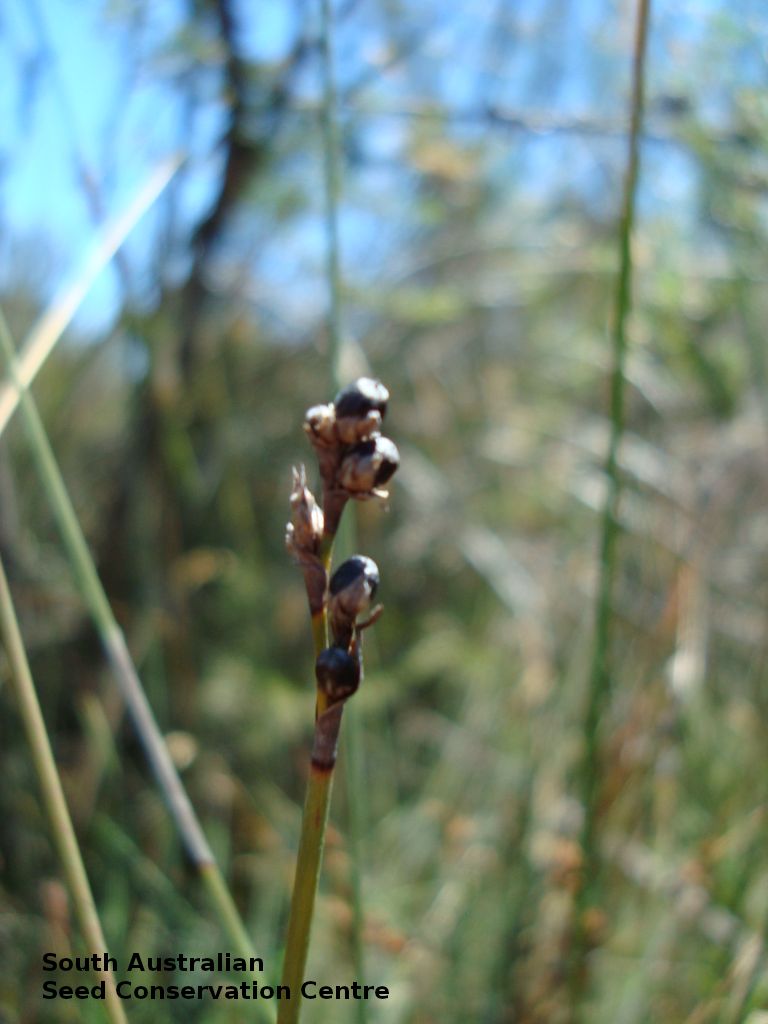
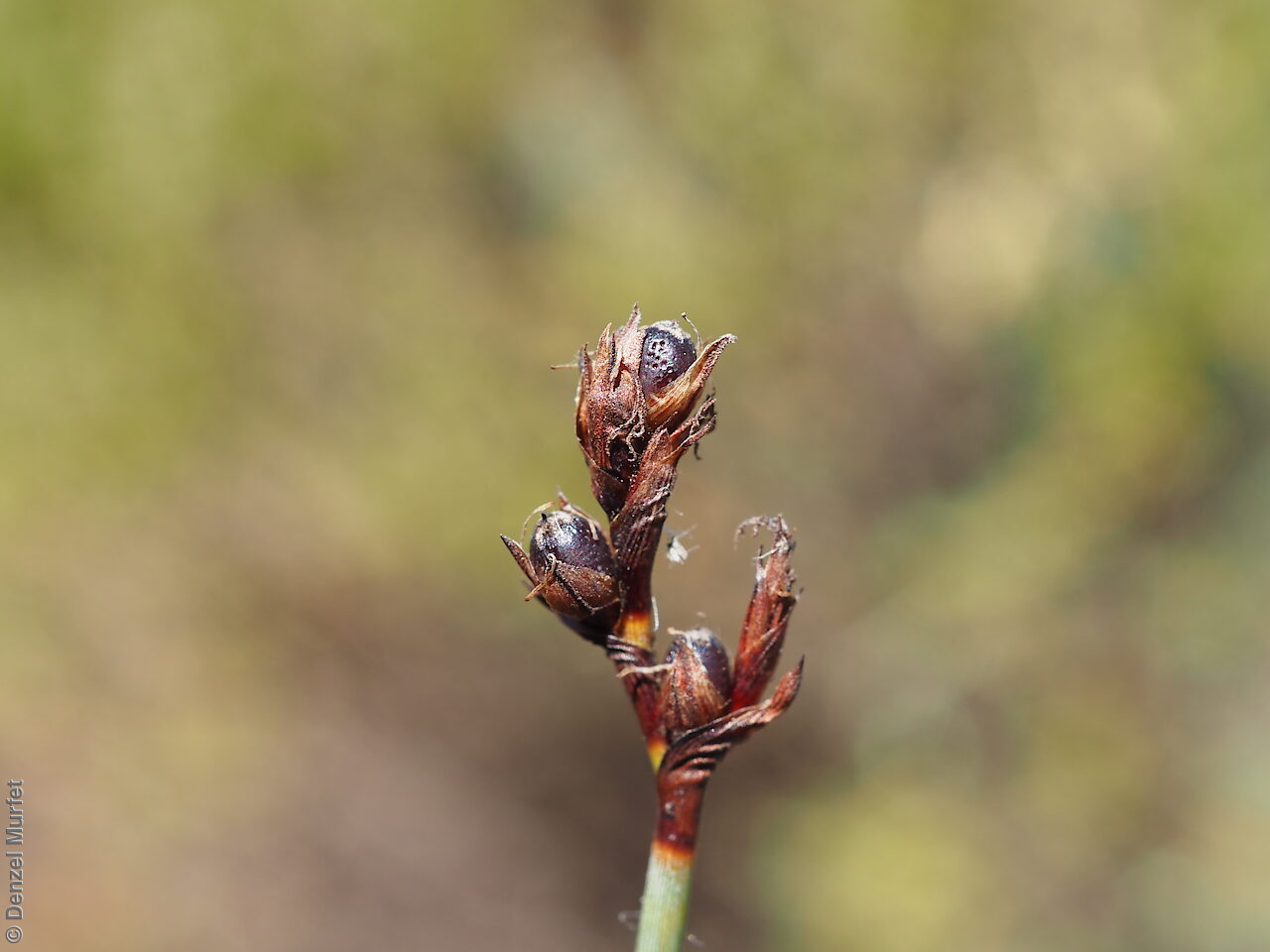
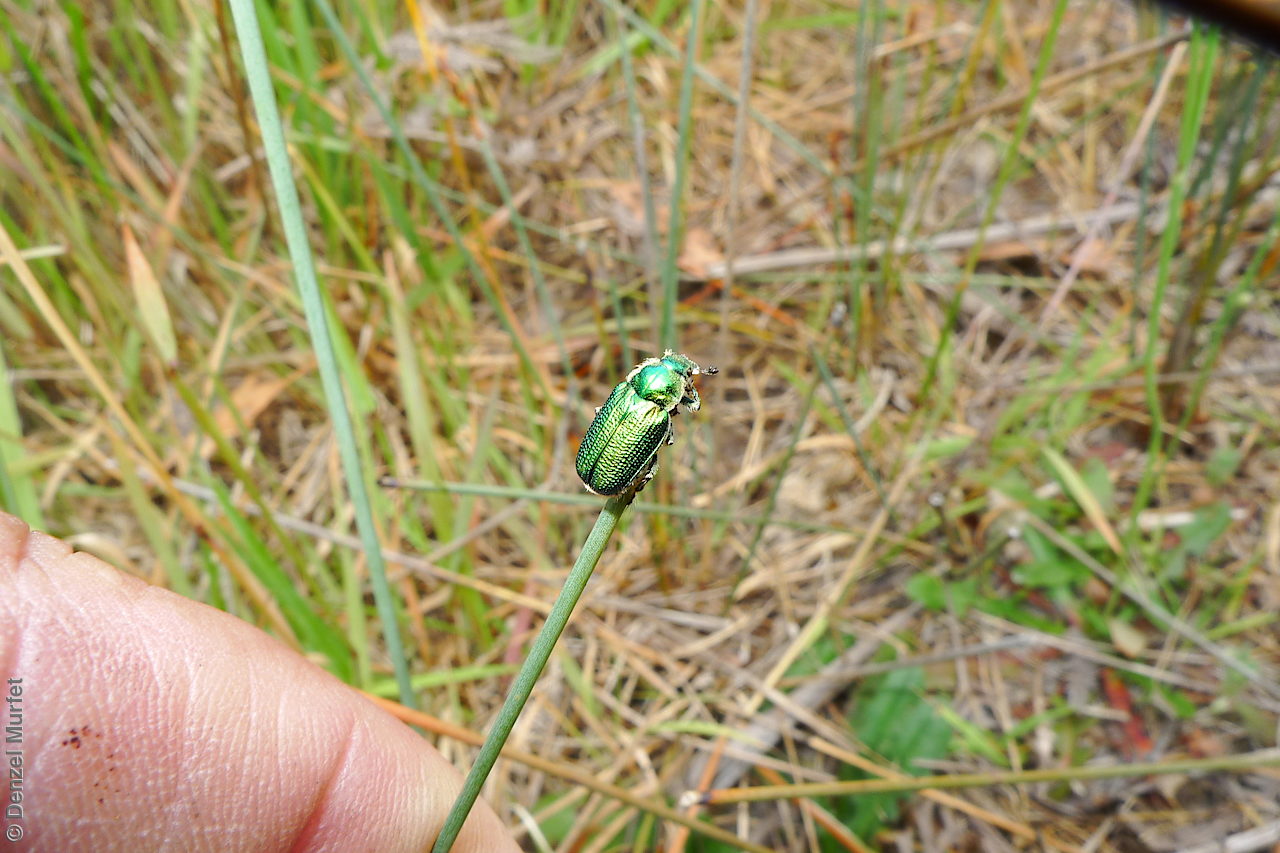
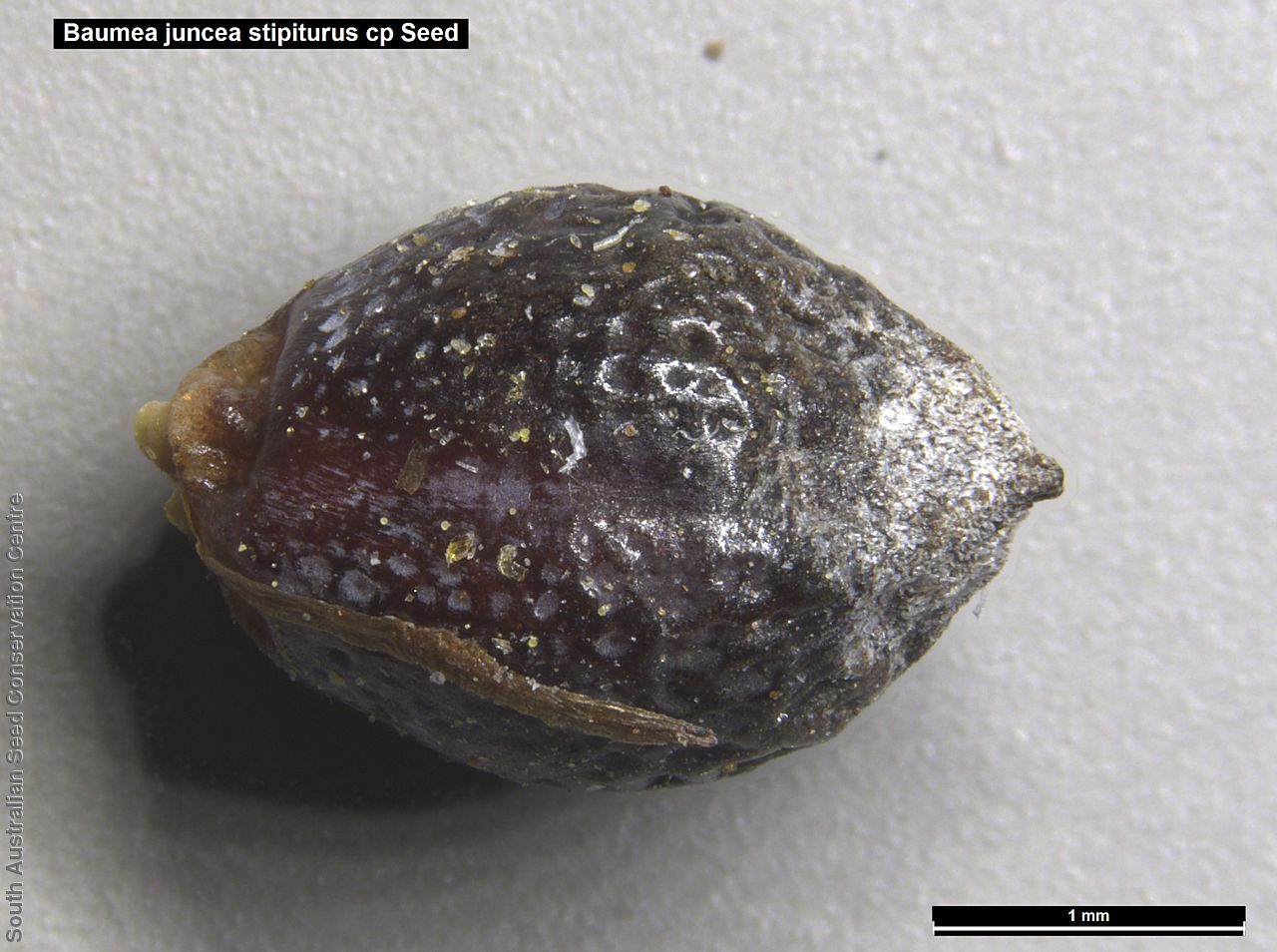
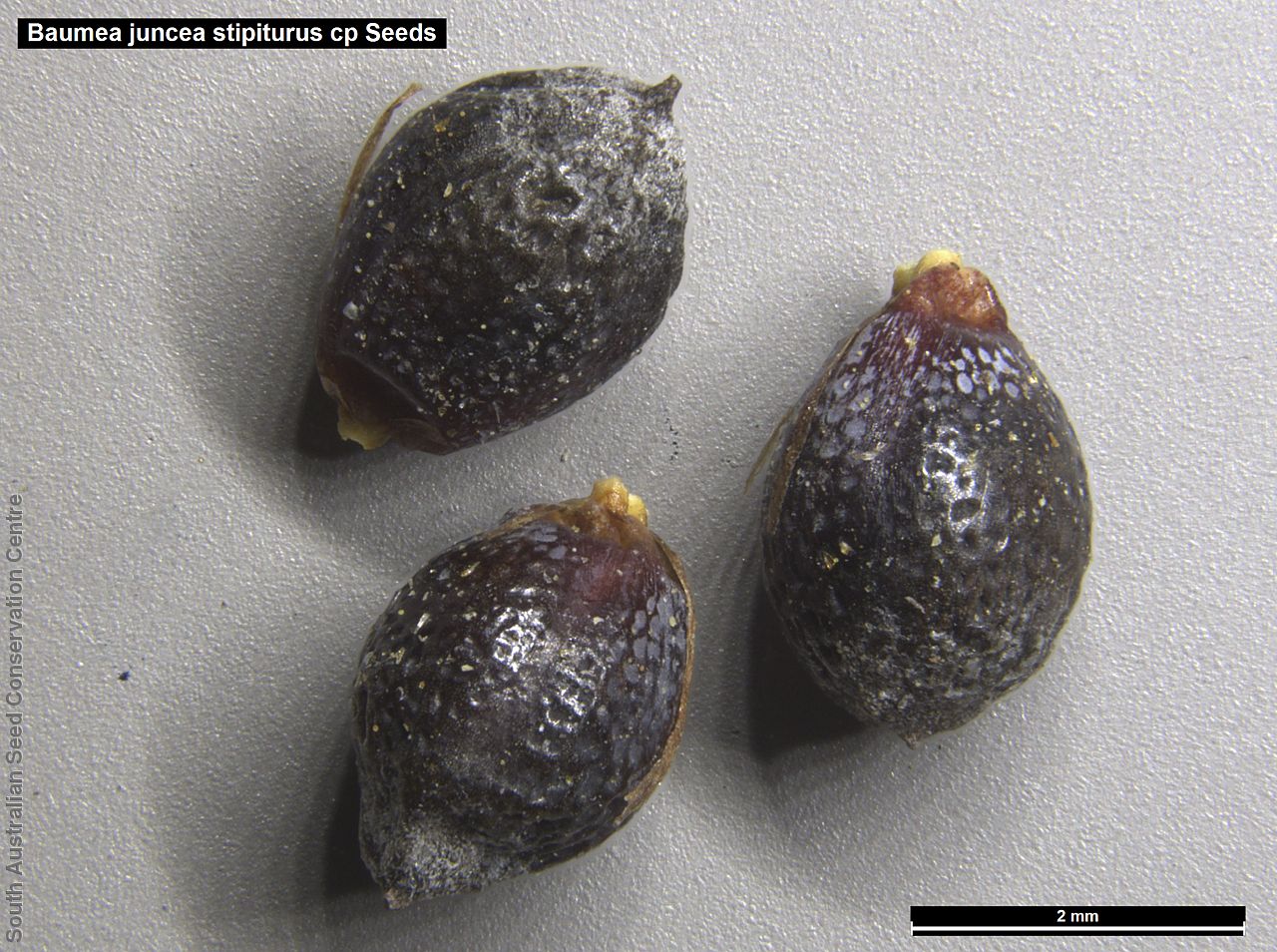
Regional Species Conservation Assessments per IBRA subregion.

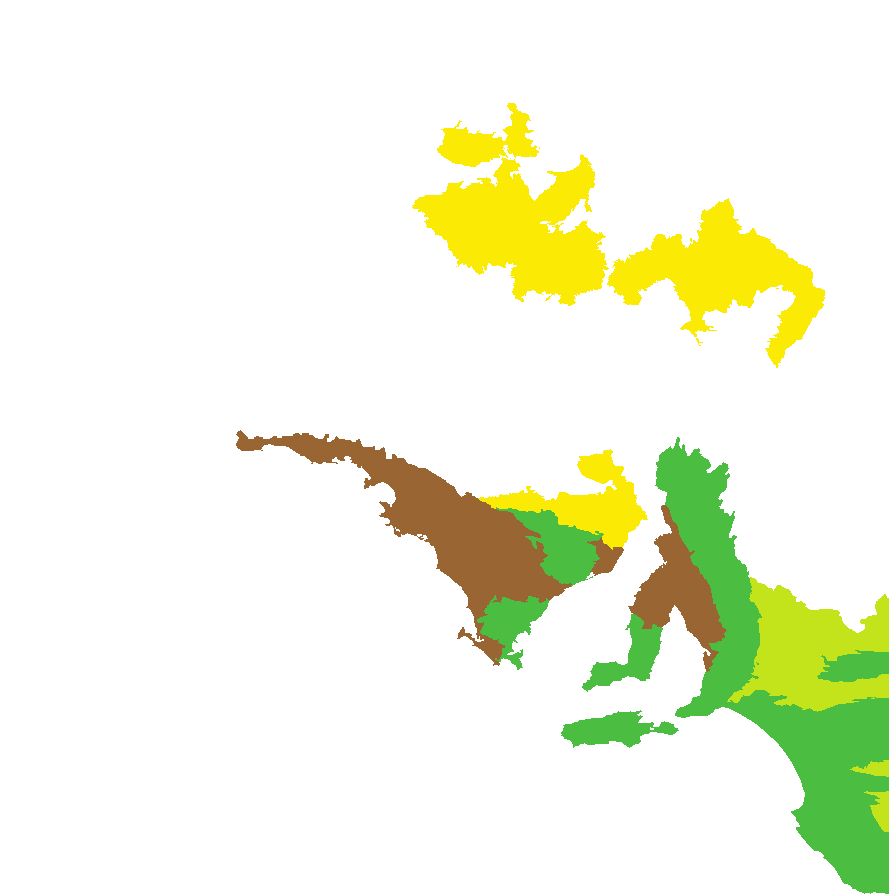
Least concern
Near threatened
Rare
Vulnerable
Endangered
Critically endangered
Extinct
Data deficient
Adelaide
Arkaroola
Ceduna
Coober Pedy
Hawker
Innamincka
Marla
Marree
Mount Gambier
Oodnadatta
Renmark
Wudinna
Keith
Yunta
Display IBRA region text
| Mount Gambier (SVP02) | Southern Volcanic Plain | Least Concern |
| Bridgewater (NCP01) | Naracoorte Coastal Plain | Least Concern |
| Glenelg Plain (NCP02) | | Least Concern |
| Lucindale (NCP03) | | Least Concern |
| Tintinara (NCP04) | | Least Concern |
| Kangaroo Island (KAN01) | Kanmantoo | Least Concern [tolerates salinity] |
| Fleurieu (KAN02) | | Least Concern [tolerates salinity] |
| Mount Lofty Ranges (FLB01) | Flinders Lofty Block | Least Concern [tolerates salinity] |
| Broughton (FLB02) | | Least Concern (Probable Decline) |
| Southern Flinders (FLB04) | | Least Concern (Probable Decline) |
| Southern Yorke (EYB01) | Eyre Yorke Block | Least Concern (Probable Decline) |
| St Vincent (EYB02) | | Rare (IUCN: RA ab) (Definite Decline) |
| Eyre Hills (EYB03) | | Least Concern |
| Talia (EYB04) | | Rare (IUCN: RA d(ii)) [roadsides, swamps] |
| Eyre Mallee (EYB05) | | Rare (IUCN: RA d(ii)) [roadsides, swamps] |
| Murray Mallee (MDD02) | Murray Darling Depression | Near Threatened [edge of range] |
| Murray Lakes and Coorong (MDD03) | | Least Concern |
| Lowan Mallee (MDD04) | | Least Concern |
| Wimmera (MDD05) | | Near Threatened [edge of range] |
| Myall Plains (GAW01) | Gawler | Vulnerable (IUCN: VU B2ab(i,ii,iii)) (Probable Decline) [roadsides, swamps] |
| Warriner (SSD04) | Simpson Strzelecki Dunefields | Vulnerable (IUCN: VU D2) [in mound springs; needs good quality water] |
| Murnpeowie (STP03) | Stony Plains | Vulnerable (IUCN: VU D2) [in mound springs; needs good quality water] |
| Peake-Dennison Inlier (STP04) | | Vulnerable (IUCN: VU D2) [in mound springs; needs good quality water] |
| Baltana (STP07) | | Vulnerable (IUCN: VU D2) [in mound springs; needs good quality water] |
| Mount Gambier (SVP02) | Southern Volcanic Plain | Least Concern |
| 4 of 4 subregions | Naracoorte Coastal Plain | Least Concern |
| 2 of 2 subregions | Kanmantoo | Least Concern |
| 3 of 6 subregions | Flinders Lofty Block | Least Concern |
| 5 of 5 subregions | Eyre Yorke Block | Least Concern , Rare |
| 4 of 6 subregions | Murray Darling Depression | Least Concern , Near Threatened |
| Myall Plains (GAW01) | Gawler | Vulnerable (IUCN: VU B2ab(i,ii,iii)) (Probable Decline) [roadsides, swamps] |
| Warriner (SSD04) | Simpson Strzelecki Dunefields | Vulnerable (IUCN: VU D2) [in mound springs; needs good quality water] |
| 3 of 7 subregions | Stony Plains | Vulnerable |
Botanical art
Kath Alcock paintings: 3
Prior names
Baumea juncea
Cladium junceum
Common names
Blue Twig-rush
Bare Twig-rush
Etymology
Machaerina from the Latin 'machaera' meaning a bent dagger or sword, and the feminine diminutive suffix '-ina", referring to the shape of the leaves of some species (formally Baumea named after Antoine Baume (1728 - 1804), a French chemist and inventor). Juncea from the Latin 'juncus' meaning rush-like, alluding to its appearance and habit.
Distribution and status
Found in the southern part of South Australia, south of Port Augusta, with isolated occurrences in natural springs further north, growing mostly in brackish or saline swamps, on sandy soils. Also found in all states except in the Northern Territory. Native. Common in South Australia. Common in the others States.
Herbarium regions: Lake Eyre, Flinders Ranges, Eyre Peninsula, Northern Lofty, Murray, Yorke Peninsula, Southern Lofty, Kangaroo Island, South Eastern, Green Adelaide
AVH map: SA distribution map (external link)
Plant description
Slender perennial sedge with smooth, terete, stems to 100 cm high and 1 mm thick and 2- or 3-noded. Leaves all reduced to mucronate sheaths. Flower in small panicle, spike-like to 8 cm long with few, reddish-brown, densely crowded spikelets. Flowering September to April. Fruits are short golden brown heads at the tip of the stem. Seeds are reddish-black elliptical nut to 4 mm long and 3 mm wide, with a pitted surface. Seed embryo type is capitate.
Seed collection and propagation
Collect seeds between December and June. Collect whole fruiting heads that are brown, containing dark hard seeds. Not all heads will contain seeds. Place the heads in a tray and leave to dry for one to two weeks. Then rub the heads with a rubber bung to dislodge the seeds. Use a sieve to separate any unwanted material. Store the seeds with a desiccant such as dried silica beads or dry rice, in an air tight container in a cool and dry place. Seed viability is variable depending on maturity of seeds when collected. This species is generally difficult to germinate, it has morphophysiological dormancy and complex germination requirements.














